
Why did the UK's first satellite end up thousands of miles from where it should have been?
Launched in 1969, just a few months after humans first set foot on the Moon, Skynet-1A was put high above Africa's east coast to relay communications for British forces.
When the spacecraft ceased working a few years later, gravity might have been expected to pull it even further to the east, out over the Indian Ocean.
Almost certainly, it was commanded to fire its thrusters in the mid-1970s to take it westwards. The question is who that was and with what authority and purpose?
It's intriguing that key information about a once vital national security asset can just evaporate. But, fascination aside, you might also reasonably ask why it still matters. After all, we're talking about some discarded space junk from 50 years ago.
"It's still relevant because whoever did move Skynet-1A did us few favours," says space consultant Dr Stuart Eves.
"It's now in what we call a 'gravity well' at 105 degrees West longitude, wandering backwards and forwards like a marble at the bottom of a bowl. And unfortunately this brings it close to other satellite traffic on a regular basis.

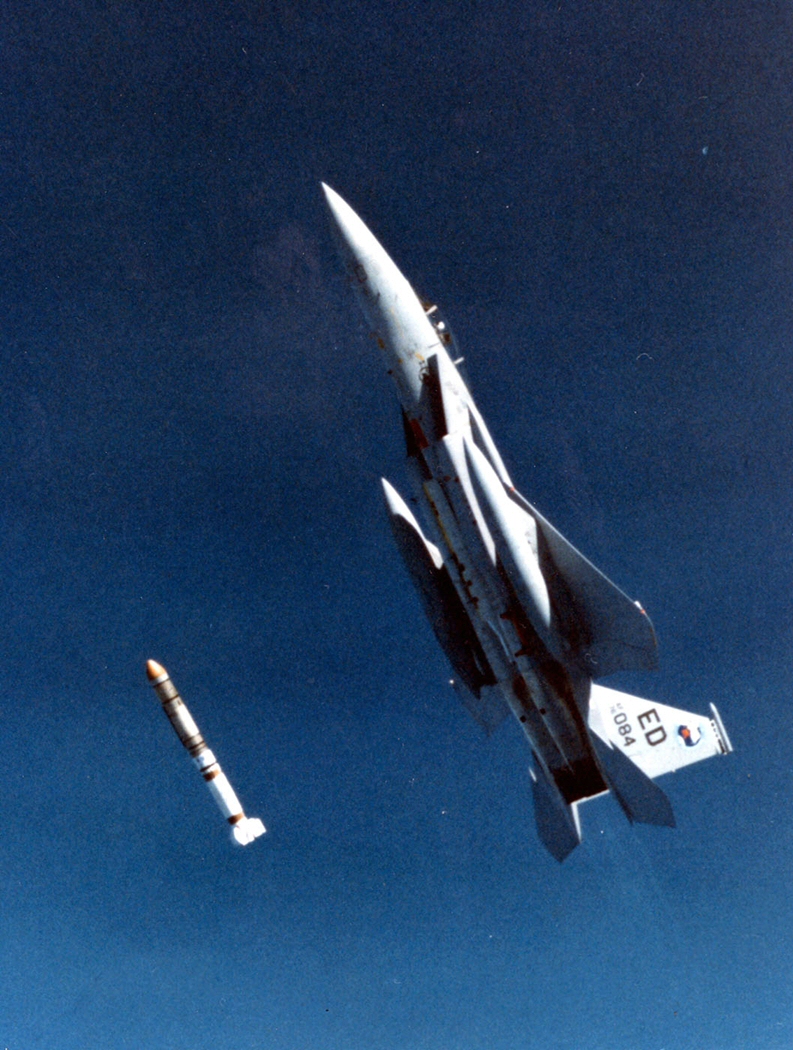
:focal(938x536:0x0)/cloudfront-us-east-2.images.arcpublishing.com/reuters/NIVM47UJNVIB7FLZTHAUZTTAMU.jpg)

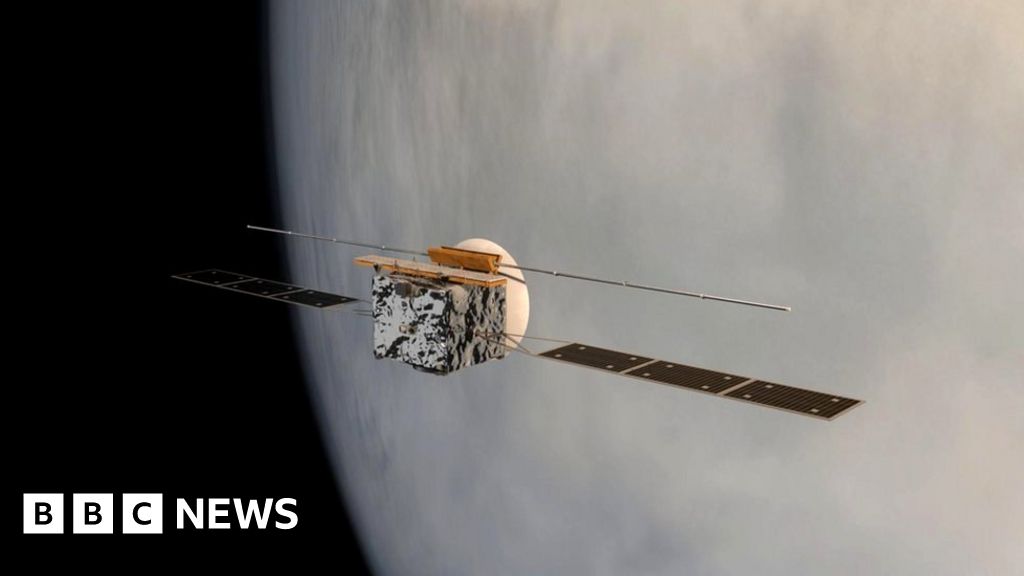
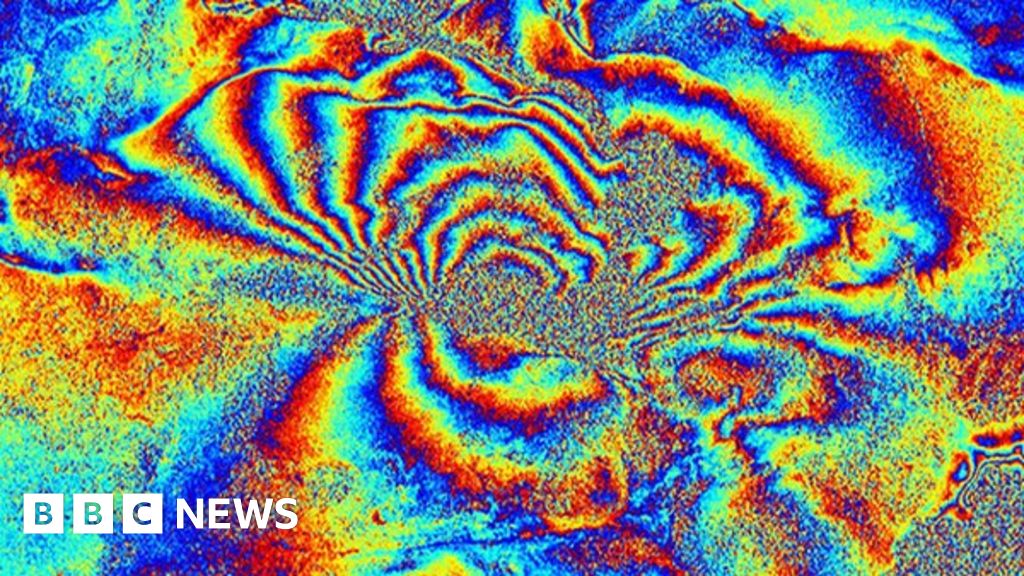
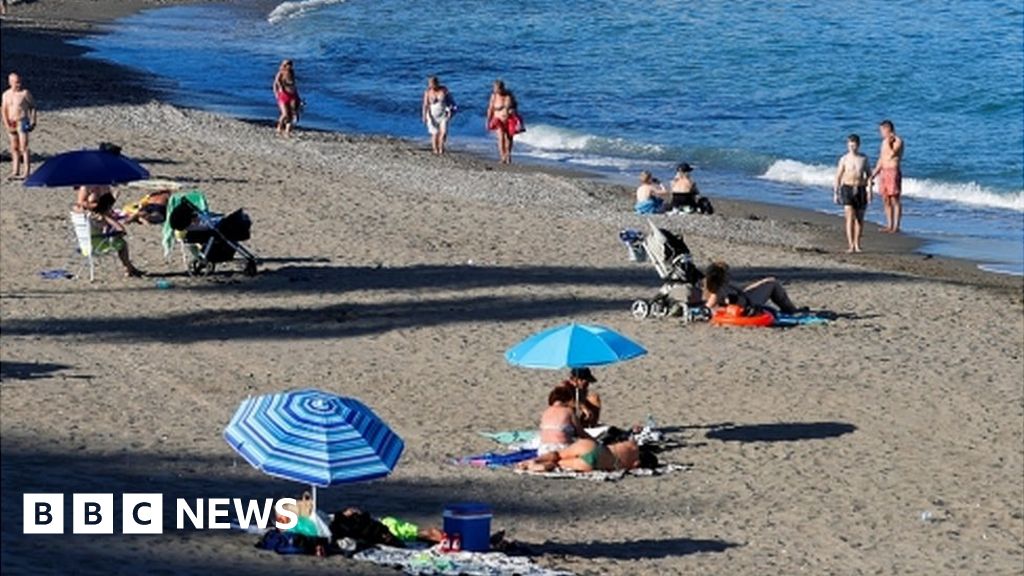
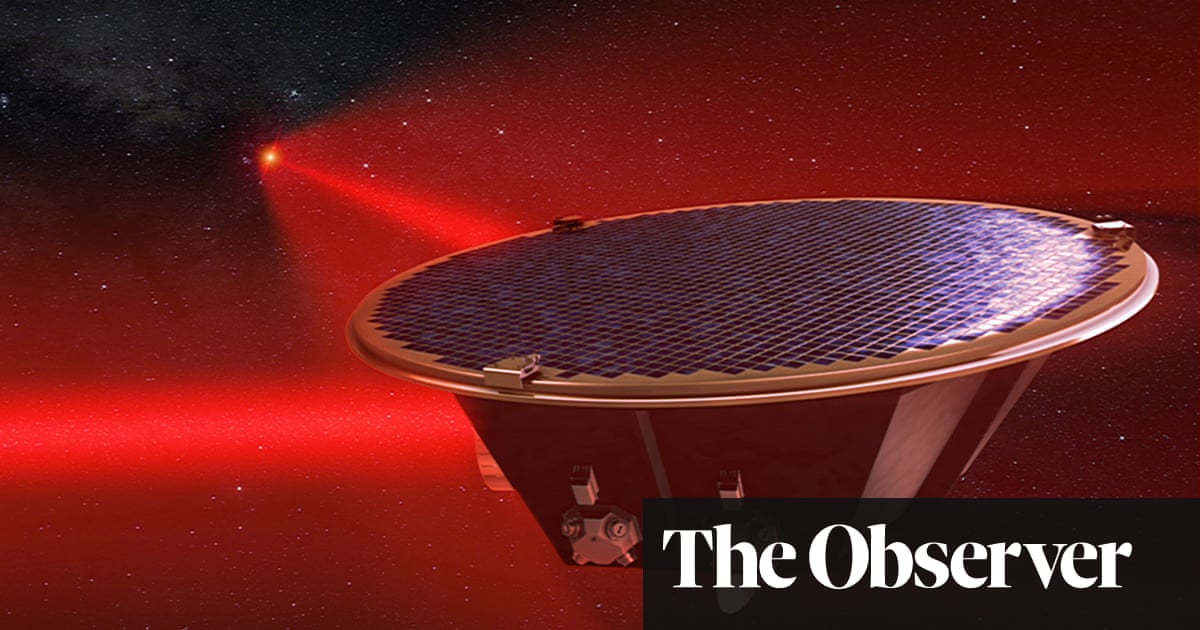





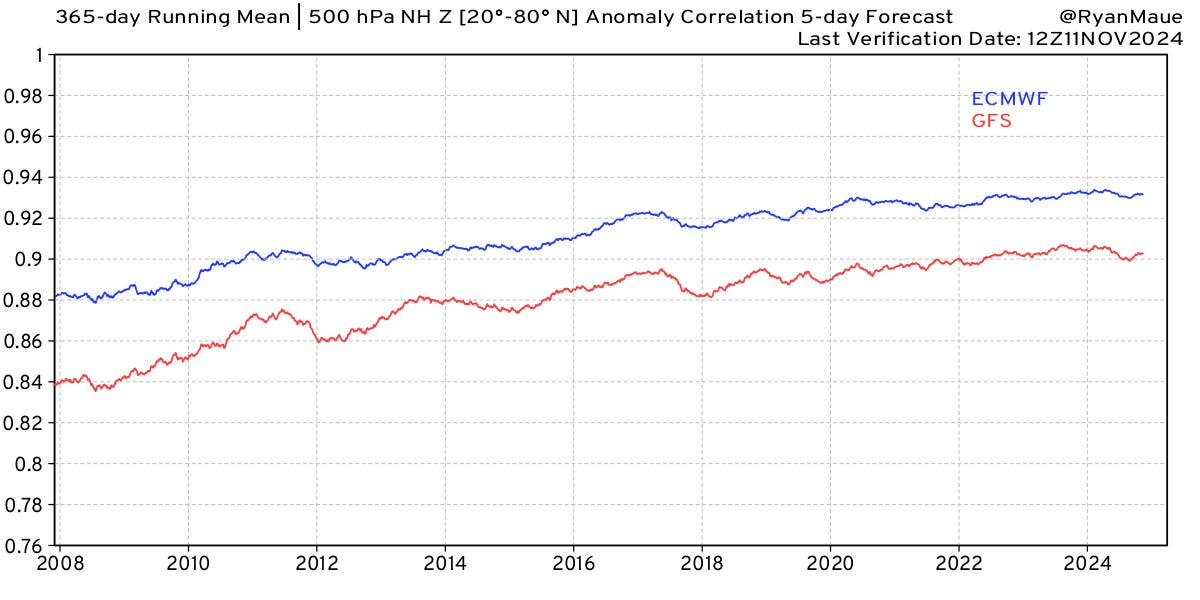






/cdn.vox-cdn.com/uploads/chorus_asset/file/24385268/STK148_Microsoft_Edge_1.jpg)



